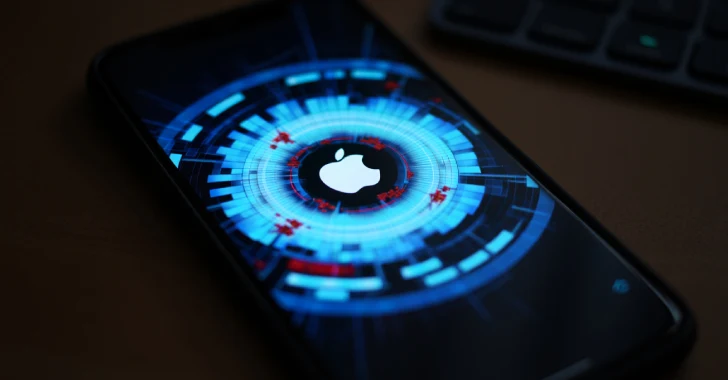Apple on Tuesday revealed a new security feature called Memory Integrity Enforcement (MIE) that’s built into its newly introduced iPhone models, including iPhone 17 and iPhone Air.
MIE, per the tech giant, offers “always-on memory safety protection” across critical attack surfaces such as the kernel and over 70 userland processes without sacrificing device performance by designing its A19 and A19 Pro chips, keeping this aspect in mind.
“Memory Integrity Enforcement is built on the robust foundation provided by our secure memory allocators, coupled with Enhanced Memory Tagging Extension (EMTE) in synchronous mode, and supported by extensive Tag Confidentiality Enforcement policies,” the company noted.
The effort is an aim to improve memory safety and prevent bad actors, specifically those leveraging mercenary spyware, from weaponizing such flaws in the first place to break into devices as part of highly-targeted attacks.
The technology that underpins MIE is EMTE, an improved version of the Memory Tagging Extension (MTE) specification released by chipmaker Arm in 2019 to flag memory corruption bugs either synchronously or asynchronously.
It’s worth noting that Google’s Pixel devices already have support for MTE as a developer option starting with Android 13. Similar memory integrity features have also been introduced by Microsoft in Windows 11.
“The ability of MTE to detect memory corruption exploitation at the first dangerous access is a significant improvement in diagnostic and potential security effectiveness,” Google Project Zero researcher Mark Brand said in October 2023, coinciding with the release of Pixel 8 and Pixel 8 Pro.
“The availability of MTE on a production handset for the first time is a big step forward, and I think there’s real potential to use this technology to make 0-day harder.”
Apple said MIE transforms MTE from a “helpful debugging tool” into a groundbreaking new security feature, offering security protection against two common vulnerability classes – buffer overflows and use-after-free bugs – that could result in memory corruption.
This essentially involves blocking out-of-bounds requests to access adjacent memory that has a different tag, and retagging memory as it gets reused for other purposes after it has been freed and reallocated by the system. As a result, requests to access retagged memory with an older tag (indicating use-after-free scenarios) also get blocked.
“A key weakness of the original MTE specification is that access to non-tagged memory, such as global variables, is not checked by the hardware,” Apple explained. “This means attackers don’t have to face as many defensive constraints when attempting to control core application configuration and state.”
“With Enhanced MTE, we instead specify that accessing non-tagged memory from a tagged memory region requires knowing that region’s tag, making it significantly harder for attackers to turn out-of-bounds bugs in dynamic tagged memory into a way to sidestep EMTE by directly modifying non-tagged allocations.”
Cupertino said it has also developed what it calls Tag Confidentiality Enforcement (TCE) to secure the implementation of memory allocators against side-channel and speculative execution attacks like TikTag that MTE was found susceptible to last year, resulting in the leak of an MTE tag associated with an arbitrary memory address by exploiting the fact that tag checks generate cache state differences during speculative execution.
“The meticulous planning and implementation of Memory Integrity Enforcement made it possible to maintain synchronous tag checking for all the demanding workloads of our platforms, delivering groundbreaking security with minimal performance impact, while remaining completely invisible to users,” it added.
Source: thehackernews.com…




